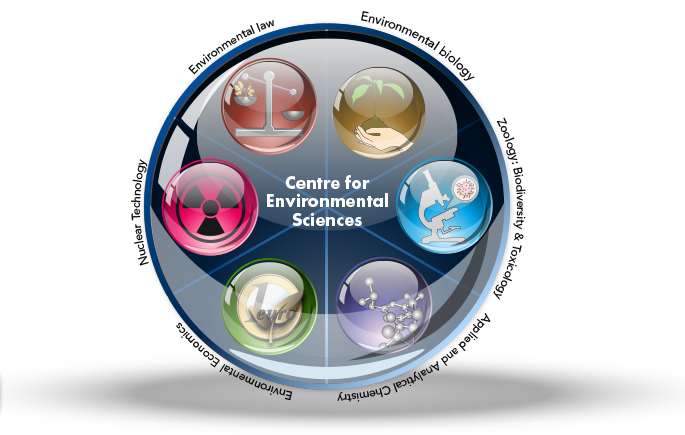Unravel impact of environmental stressors on plants


Research within CMK has been pioneering work in the field of environmental contamination in the last 20 years
To further unravel the metal tolerance mechanisms, their molecular genetic basis and the evolutionary mechanisms behind the adaptation, comparative genome studies of ectomycorrhizal fungi, Suillus isolates, displaying extreme tolerance phenotypes (hypertolerant for Zn, tolerant for Cd, Cu and Zn or metal-sensitive) are necessary. This strategy allows us to screen for genetic divergence among phenotypic groups, to identify the genetic loci associated with adaptive metal tolerance, to identify and understand the natural variability of these loci. Genes on high-effect size genetic loci associated with adaptive tolerance can be identified and functionally characterized to clarify their role in metal tolerance.
We also gather fundamental knowledge on mechanisms underlying stress responses in plants. As both cellular signalling and interorgan signalling are important for the plant’s survival under stress, the interaction between root and shoot as well as responses within one organ are of crucial importance to study stress-induced plant acclimation to the environment. In this regard research focuses on the interplay between abiotic stress-induced oxidative challenge (antioxidants vs pro-oxidants) and other signalling components, i.e. plant hormones, MAPkinases and interorganellar signaling in relation to plant growth and development. In addition, cell wall properties/remodelling and cell division are important processes investigated in model organisms as well as crops. The physiological significance of these responses is studied within one generation and in multigenerational/transgenerational settings.
In order to develop future strategies to ensure plant growth and crop quality and safety on marginal land or agricultural land under pressure, analyzing targeted agronomic traits such as yield, antioxidant levels and abiotic stress resistance are essential. In order to ensure plant safety, a 96-well screening method is developed to quickly determine growth-promoting substances such as fertilizers or negative effects of external factors including pollutants. In combination with fundamental knowledge on the short- and long-term stress responses in plants (see 1-plant stress responses), which provides new biomarkers for this screening method, this is a powerful tool to assess plant fitness and toxicology.
Professors
Nadia Soudzilovskaia

Environmental Biology





